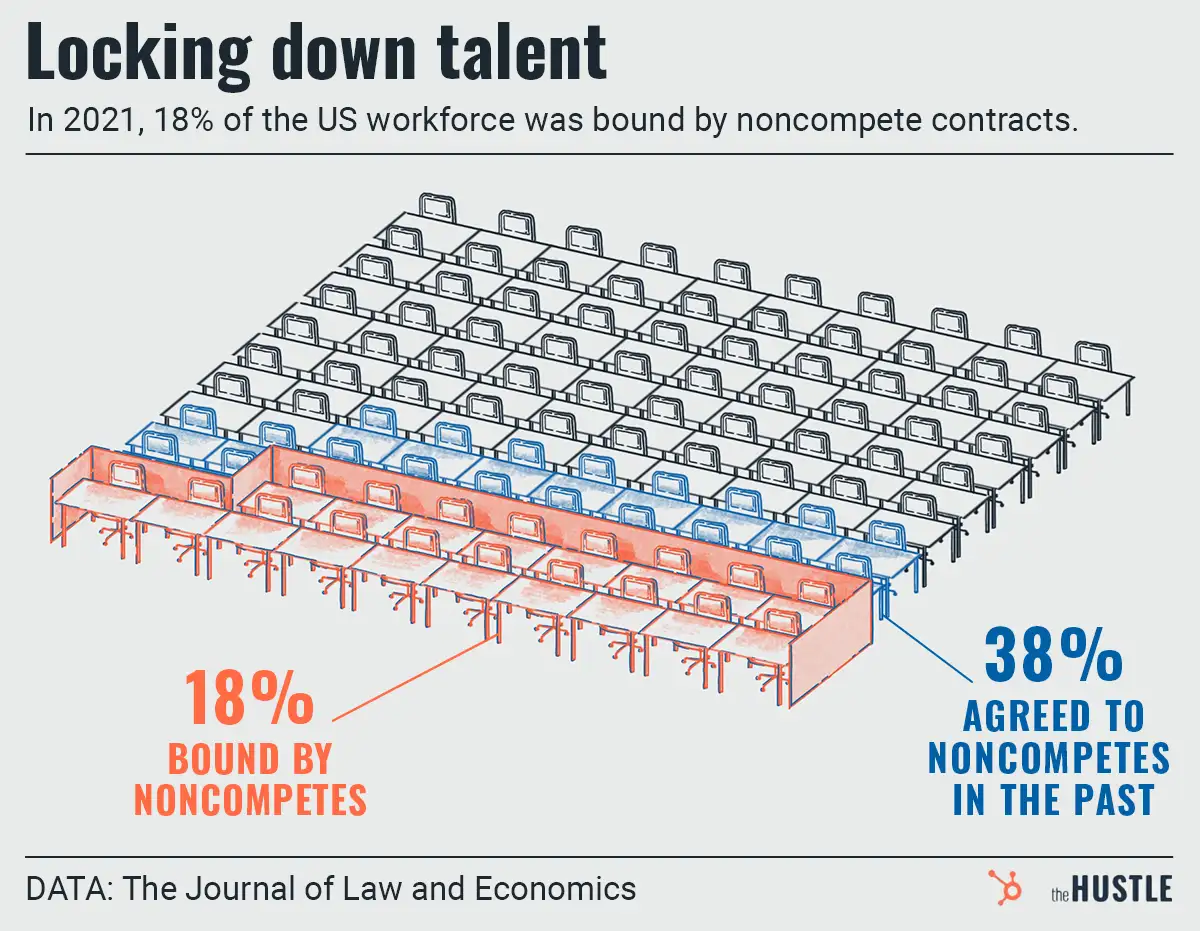
Reopening alone won’t bring back the workforce
For the economy to come back, we have to deal with the kids first.
Published:
Updated:
Need the full story?
Sign up for The Hustle to get the business world's wildest stories delivered daily. This one's on us.
Related Articles
-

-

Your office is too loud — these businesses want to turn down the volume
-

Co-workers are annoying the heck out of each other
-

The newest addition to workplace benefits? Caregiving support
-

‘Lazy management’ vs. ‘fake work’
-

Climbing the corporate ladder? More like scaling the noncompete wall
-

Office workers dread the commute, spending money
-

Top bosses want you back in the office — like, right now
-

Hey, CEOs… You good?
-

Millions of Americans retired early. Now they want to work again


